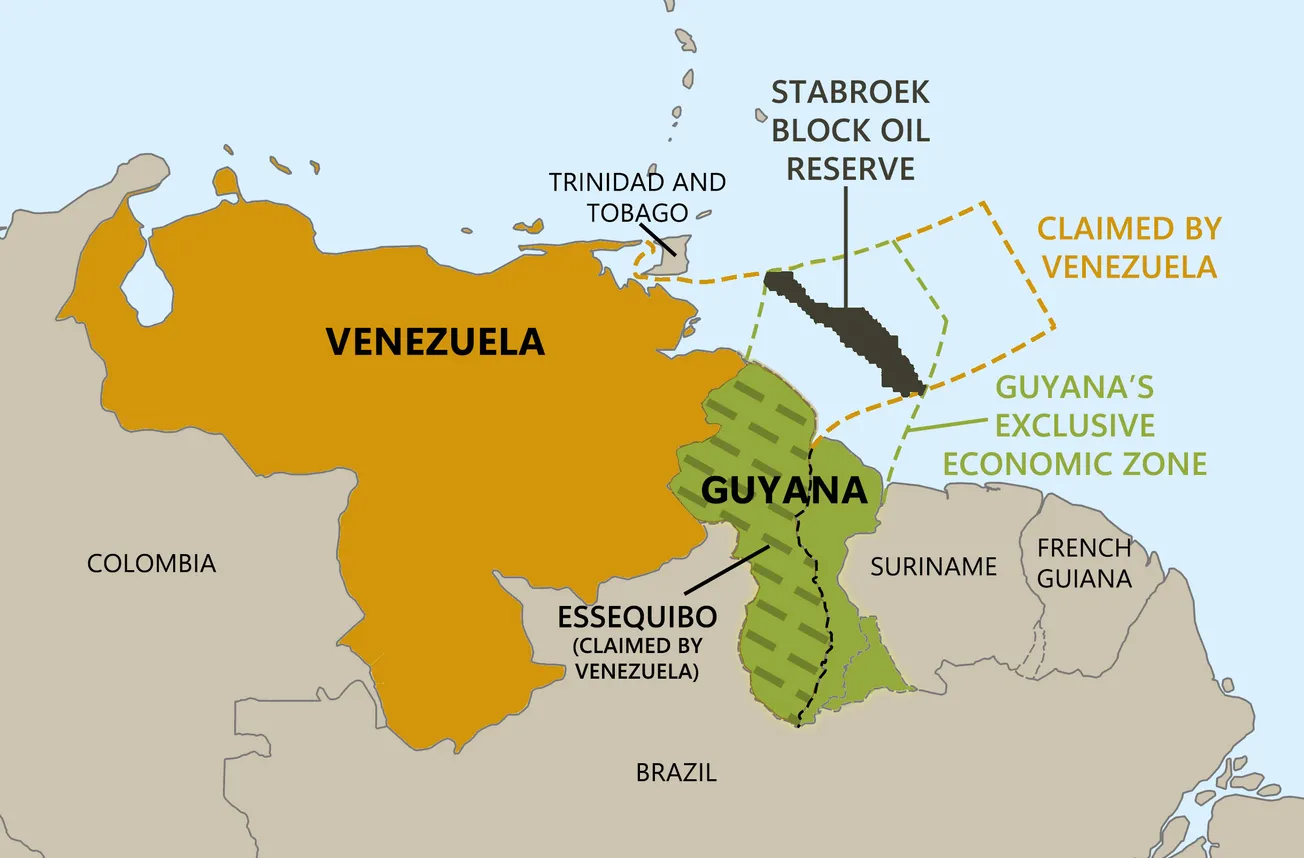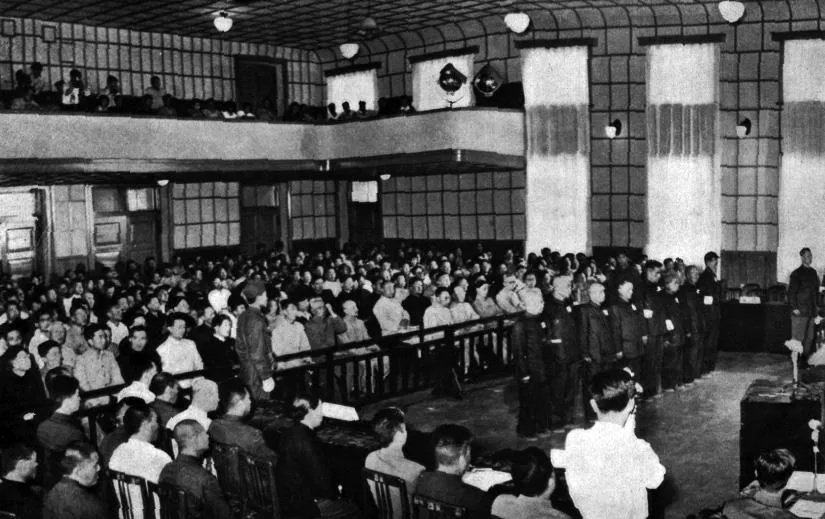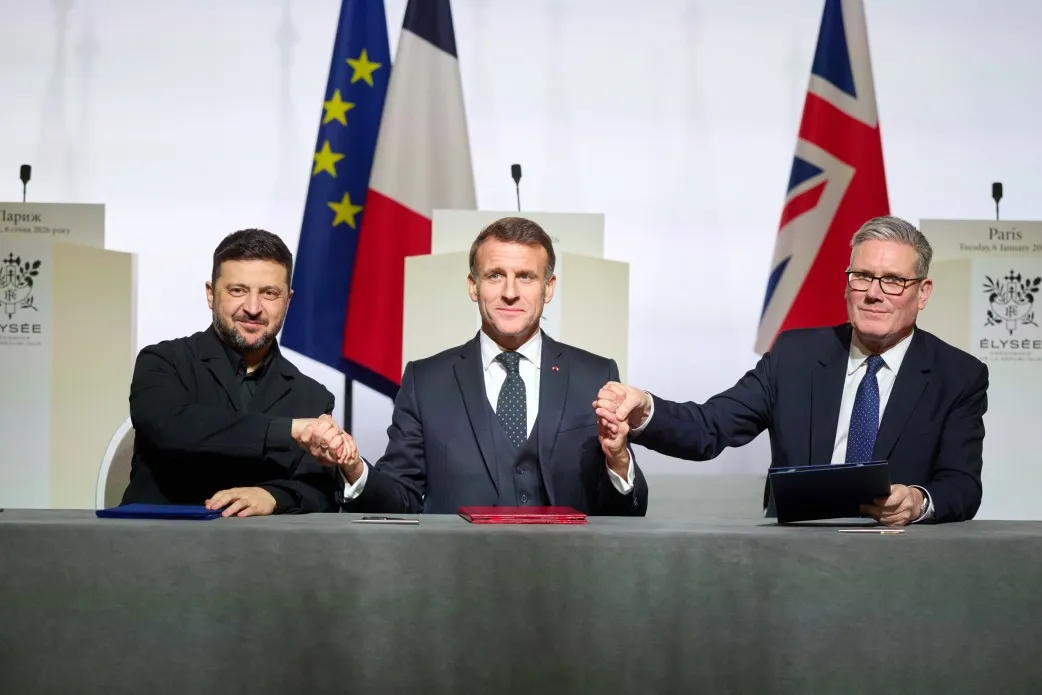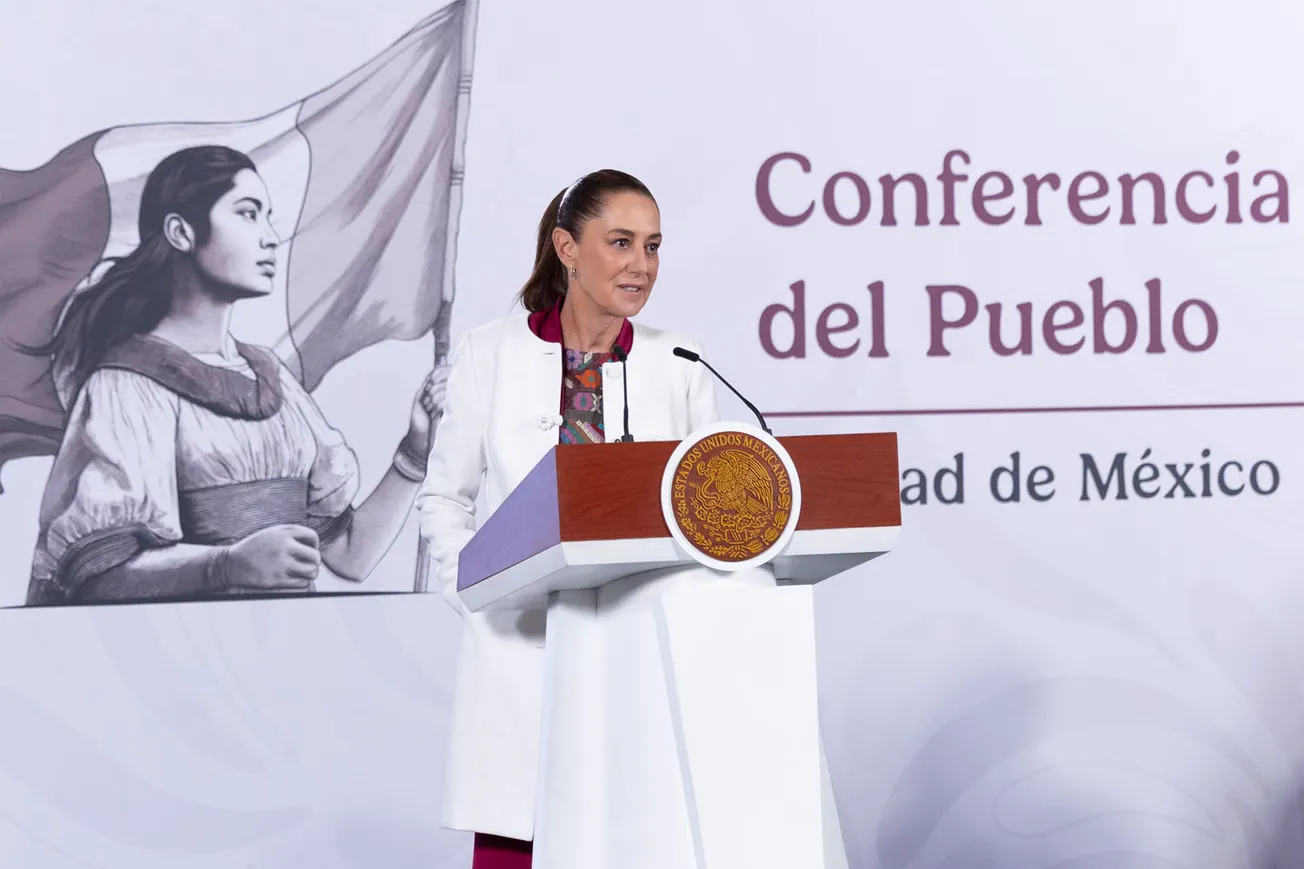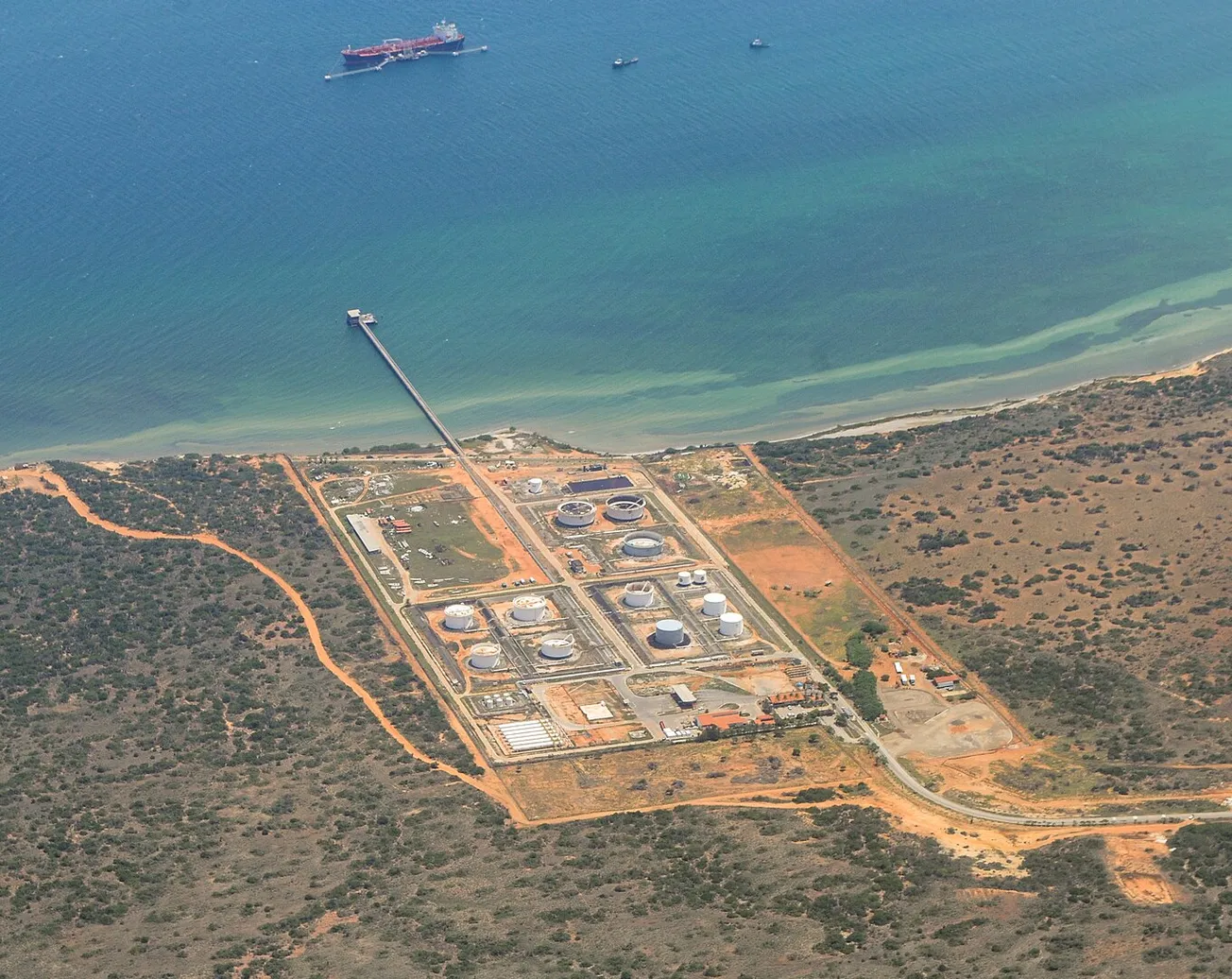In early December 2023, with the world’s attention rivetted on the unfolding Gaza genocide, London and Washington nearly succeeded in unleashing a border war in South America that could have ended up with the U.S. Southern Command setting up a military base on the territory of Guyana to protect ExxonMobil’s vast oil exploration rights and holdings in that country, while at the same time launching a war to overthrow the leftist Nicolás Maduro government in neighboring Venezuela, which has a century-old border dispute with Guyana, dating back to when it was a British colony and called British Guiana. Such a geopolitical trap is designed to ensure that China’s Belt and Road Initiative would be permanently blocked throughout the region, which is the stated principal mission of the U.S. Southern Command and the State Department.
The crisis came to a head around a Dec. 4 referendum called by President Maduro, which asked the Venezuelan population to vote to proclaim the disputed Essequibo region (which has been under Guyana’s administration for over a century) to be a state of Venezuela. The referendum was called, in part, in response to Guyana granting new offshore oil exploration contracts to ExxonMobil and other oil companies in waters off the coast of the Essequibo region (see above map). Over the last decade, very large deposits of oil and natural gas have been found off Guyana’s coast, which are estimated at 11 billion barrels of oil equivalent, placing Guyana in the top 20 countries in the world in proven oil reserves. Venezuela, meanwhile, is suffering under the deadly effects of the illegal and immoral sanctions policy being applied against the country—and its oil sector, in particular—by the United States and allied nations.
Fortunately, an emergency meeting between Maduro and Guyanese President Irfaan Ali was quickly cobbled together by President Luiz Inácio Lula da Silva of Brazil (a neighbor to both countries) and other Ibero-American leaders, which was held on Dec. 14 in St. Vincent and the Grenadines (SVG). The meeting was chaired by SVG Prime Minister Ralph Gonsalves, who is also the current head of the Community of Latin American and Caribbean Countries (CELAC), and by Dominican Prime Minister Roosevelt Skerrit, the head of the Caribbean Community (CARICOM). They were joined by Brazilian President Lula’s Special Foreign Policy Advisor Celso Amorim; the prime ministers of Barbados, Mia Mottley, and of Trinidad and Tobago, Keith Rowley; and Colombian Foreign Minister Álvaro Leyva, among others.
The meeting ended with a public handshake between Maduro and Ali, and a statement of mutual willingness to continue the dialogue, with each affirming his commitment to peace. Neither yielded an inch on their respective territorial claims, but that was not unexpected. In the “The Joint Declaration of Argyle for Dialogue and Peace Between Guyana and Venezuela”—named after the venue of the talks—the two Presidents, among other things, reiterated “their commitment to Latin America and the Caribbean remaining a Zone of Peace”; stated that both nations will not, “directly or indirectly … threaten or use force against one another in any circumstances, including those consequential to any existing controversies between the two states”; and affirmed their commitment “to the pursuance of good neighborliness, peaceful coexistence, and the unity of Latin America and the Caribbean.”
Key to holding off U.S.-NATO military efforts to use the crisis as a pretext to dig their claws into the region—consider the Dec. 9 comments by Adm. James Stavridis (retired), NATO Supreme Allied Commander (2009–2013), in which he equated Guyana to Ukraine, stating:
Amping up U.S. military forces, perhaps even sending warships to Guyanese ports—there are always Navy and Coast Guard ships underway in the Caribbean—is a good idea. An on-the-ground exercise of units from U.S. Army South (the Army component of Southern Command) could be organized quickly.
—is a section of the Joint Declaration which states that the two Presidents:
agreed that both States will refrain, whether by words or deeds, from escalating any conflict or disagreement arising from any controversy between them. The two States will cooperate to avoid incidents on the ground conducive to tension between them. In the event of such an incident, the two States will immediately communicate with one another, the Caribbean Community (CARICOM), the Community of Latin America and the Caribbean (CELAC), and the President of Brazil to contain, reverse and prevent its recurrence.
In other words, the region’s institutions are to be the framework in which peace is to be kept and a solution sought. The statement specified that Gonsalves, Skerrit, and Lula will continue to serve “as Interlocutors” for the parties, with UN Secretary General António Guterres as Observer. Both heads of state agreed to meet in Brazil “within the next three months, or at another agreed time, to consider any matter with implications for the territory in dispute.”
The Dec. 14 meeting thus put a very dangerous crisis on hold—but it did not solve it. As Celso Amorim put it in a Dec. 18 interview:
The result is positive. I have no illusions. I’m not saying that this means a solution to the problem. But if you manage to keep certain issues from exploding at that moment, that’s a victory.
In fact, on Dec. 29 the British warship HMS Trent anchored in Georgetown, Guyana in a provocative move designed to kick over the SVG chessboard by suggesting British and American military backing for Guyana.
The SVG meeting bought three months time until the next meeting in Brazil, by which time a solution must be found. That “solution,” however, does not mean settling the century-old border dispute at this point. The current systemic breakdown crisis of the Western economic system, and the resulting global strategic showdown crisis among nations and cultures, is the worst imaginable time for any thinking statesman to try to settle the long-standing border disputes which the British Empire has left simmering in every part of the planet. In fact, there are more than 150 such border disputes by some counts (e.g., National Geographic), with salient ones noted on the map in Figure 1.
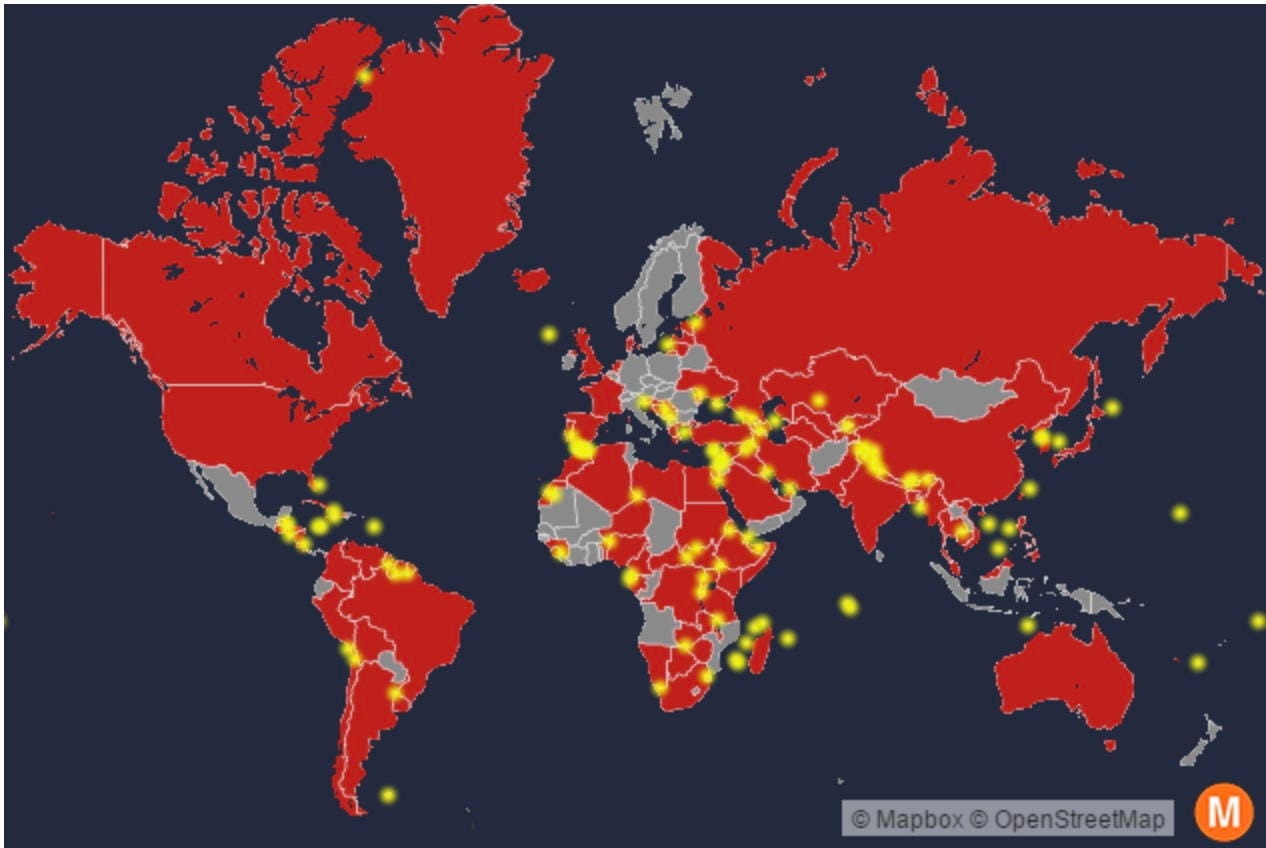
Like the Guyana-Venezuela dispute, the most dangerous of these geopolitical hotspots—Israel-Palestine; India-Pakistan; the Malvinas/Falkland Islands; Gibraltar—were all left behind by the British as ticking time-bombs, useful to their geopolitical machinations over decades and even centuries.


